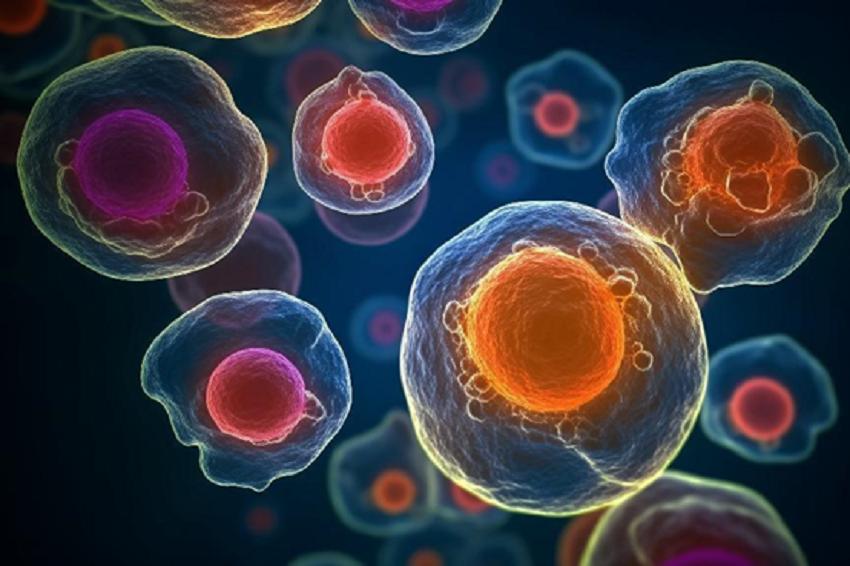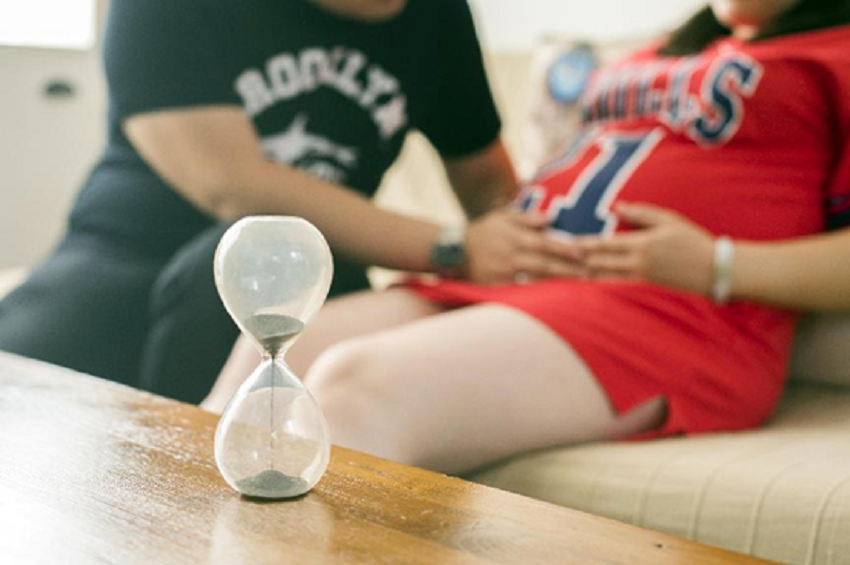Hello! I'm delighted to provide you with exclusive one-on-one consultation.
How can I assist you?
What is the process and cost of egg freezing?

In the process of in vitro fertilization (IVF), both fresh embryo transfer and frozen embryo transfer are common techniques, but which one offers a higher success rate? In the United States, a prominent destination for IVF treatments, many well-known reproductive centers prefer to use frozen embryo transfer. So, which method is better?
In the United States, IVF treatments commonly employ the third generation of IVF technology, often referred to as IVF with Preimplantation Genetic Testing (IVF-PGT). This involves subjecting embryos to preimplantation genetic screening (PGS) or next-generation sequencing (NGS) to ensure they are healthy and free of chromosomal abnormalities. This rigorous process typically results in a success rate of 70% or higher.
In this context, many renowned American reproductive centers opt for frozen embryo transfer. This choice may seem counterintuitive to the idea that "fresh is better." However, the key lies in understanding the differences between the two methods.

The success rate gap between fresh embryo transfer and frozen embryo transfer in IVF typically falls within the range of 5% to 10%. The real advantage lies in other aspects. Fresh embryo transfer may be constrained by several factors. IVF treatments aim to harvest as many healthy eggs as possible, but this necessitates the use of ovulation-stimulating medications. Consequently, the uterus may not be in an ideal condition. Furthermore, the formation of blastocysts in the third generation IVF-PGT takes 5 to 7 days, and with the additional time required for biopsy and test result processing, the optimal window for uterine receptivity may be missed. This window generally occurs on the fifth or sixth day after egg retrieval.
Frozen embryo transfer presents distinct advantages. Firstly, frozen embryos are screened for normalcy, resulting in higher success rates. Secondly, doctors can finely tune medication and timing schedules to ensure the uterus is in its prime condition for implantation. This reduces the risk of uterine receptivity issues, a crucial factor for the successful transfer of embryos.
In frozen embryo transfer, doctors have better control over each step, ensuring that your uterus is in optimal condition to receive the embryo. This is why an increasing number of doctors recommend frozen embryo transfer over fresh embryo transfer.
The United States adheres to the highest medical standards in IVF, and IVF USA offers a convenient system for patients to shorten their stay. You can have online video consultations with doctors before traveling to the U.S. for egg retrieval. This system allows you to complete the necessary tests domestically and stay in the U.S. for just 7 days for the egg retrieval phase.
Dr. Nathan Zhang at IVF USA is an expert in the field of assisted reproduction. He tailors treatment plans according to individual circumstances, and his expertise and experience will assist you on your IVF-PGT journey.



Online Customer Service

In-Vitro Fertilization (IVF)

Female Egg Freezing

Fertility Assessment

Scan for Consultation

Back to Top